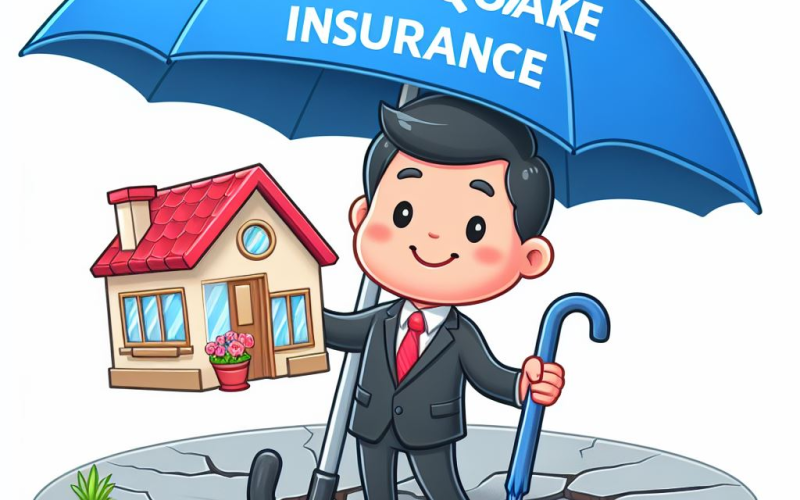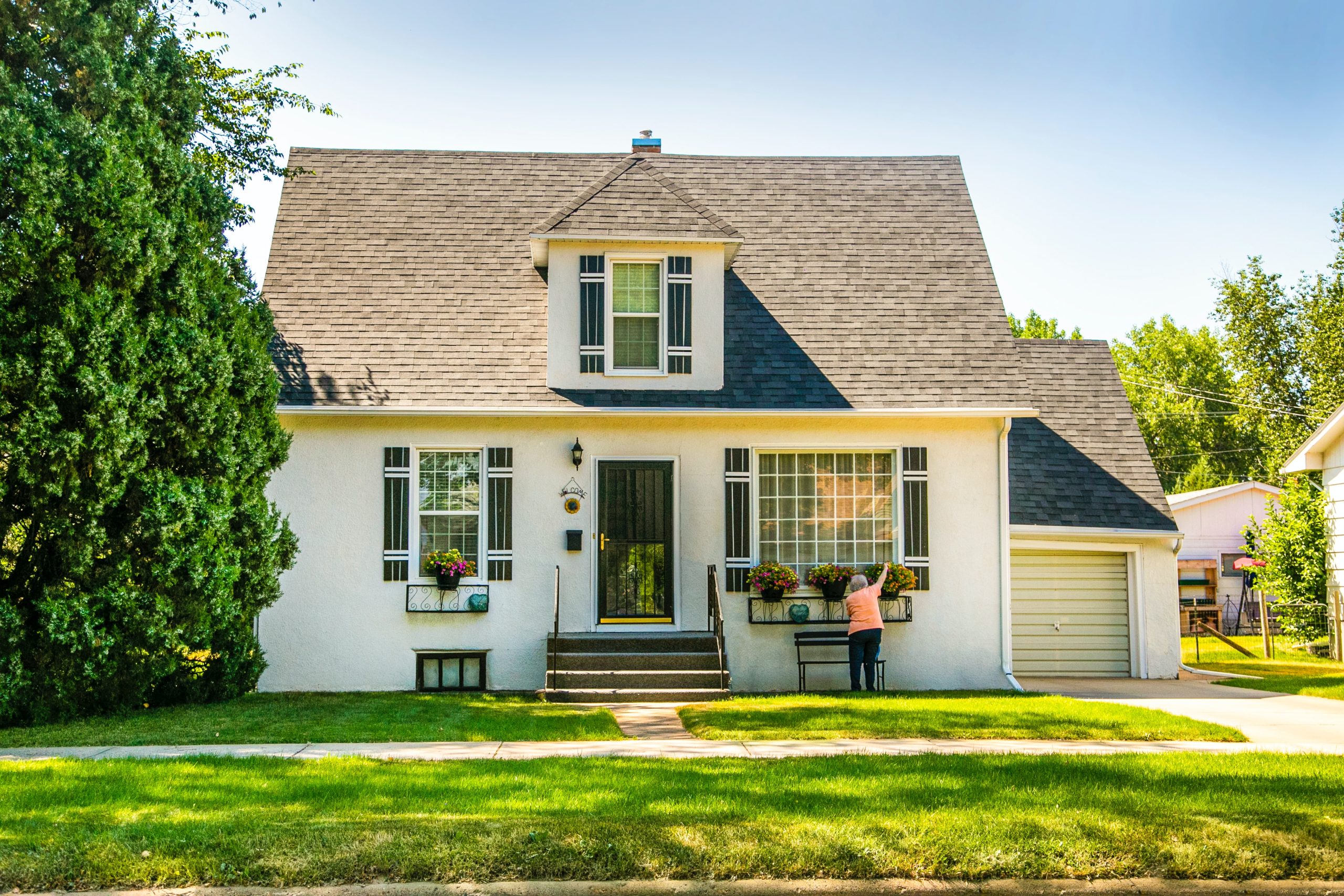Introduction
Meet John Doe, a seasoned insurance advisor with over a decade of experience in helping renters secure their homes against natural disasters. John understands the unique challenges faced by young renters in earthquake-prone areas and is here to guide you through the process of getting the right coverage.
Understanding Earthquake Insurance
Earthquake insurance is a specific type of insurance that covers damage to your personal property caused by an earthquake. While it might seem like a niche product, it’s actually a crucial safety net for renters living in seismic zones. Unlike regular renters insurance, which typically covers theft, fire, and certain types of water damage, earthquake insurance covers the specific damages caused by earthquakes.
Why Renters Need Earthquake Insurance
Imagine waking up one morning to find your apartment in shambles, your belongings damaged or destroyed, and your home uninhabitable. Now imagine finding out that your renters insurance doesn’t cover any of the costs because the damage was caused by an earthquake. This is the reality for many renters who don’t have earthquake insurance. Without it, you could be left to cover the costs of damaged possessions and temporary housing out of pocket.

What Does Earthquake Insurance Cover?
Earthquake insurance typically covers three main areas:
- Personal Property Coverage: This covers the cost to repair or replace your personal belongings, such as furniture, electronics, and clothing, that were damaged in an earthquake.
- Loss of Use Coverage: If your rental unit is uninhabitable after an earthquake, this coverage can help pay for additional living expenses, such as hotel bills, restaurant meals, and transportation.
- Building Property Coverage: This covers the cost to repair or replace certain parts of the rental unit that you may be held responsible for, such as light fixtures or improvements you made to the unit.
How Much Does Earthquake Insurance Cost?
The cost of earthquake insurance can vary widely depending on several factors, including the location of your rental unit, the type of building you live in, and the amount of coverage you choose. For example, if you live in a high-risk area, such as California, you can expect to pay more for earthquake insurance than if you live in a low-risk area. Similarly, if you live in a wood-frame building, which tends to withstand earthquakes better than brick buildings, you might pay less for your policy.
How to Choose the Right Earthquake Insurance
Choosing the right earthquake insurance involves doing your research and understanding your needs. Here are some tips from John:
- Compare Quotes: Get quotes from several insurance providers to ensure you’re getting the best price.
- Understand Your Policy: Make sure you know what’s covered and what’s not before you sign up.
- Consider Your Needs: Think about how much coverage you need based on the value of your personal property and how much you could afford to pay out of pocket if an earthquake were to occur.
Common Misconceptions About Earthquake Insurance
There are many misconceptions about earthquake insurance. Some people believe that they don’t need it because their renters insurance will cover earthquake damage, or that it’s too expensive. However, as we’ve discussed, regular renters insurance typically does not cover earthquake damage, and the cost of earthquake insurance can vary widely.
Steps to Getting Your Earthquake Insurance
Getting earthquake insurance involves several steps:
- Assess Your Needs: Determine how much coverage you need based on the value of your personal property and your risk of experiencing an earthquake.
- Get Quotes: Contact several insurance providers to get quotes. Be sure to ask about what’s covered and what’s not.
- Choose a Provider: After comparing quotes and coverage options, choose the provider that best fits your needs and budget.
- Sign the Policy: Once you’ve chosen a provider, you’ll need to sign the policy to start your coverage.
Remember, the goal of this article is to provide young renters with the knowledge they need to make informed decisions about earthquake insurance. We want to empower them to secure their futures while living in earthquake-prone areas. Let’s shake up their security!
Informative Table: Key Points to Consider When Buying Earthquake Insurance
| Key Point | Description |
|---|---|
| Personal Property Coverage | Covers the cost to repair or replace personal belongings damaged in an earthquake. |
| Loss of Use Coverage | Covers additional living expenses if your rental unit is uninhabitable after an earthquake. |
| Building Property Coverage | Covers certain parts of the rental unit that you may be held responsible for. |
| Cost | Varies based on location, building type, and coverage limits. |
| Choosing a Provider | Compare quotes, understand the policy, and consider your needs. |
| Common Misconceptions | Regular renters insurance typically does not cover earthquake damage. |
| Steps to Getting Coverage | Assess your needs, get quotes, choose a provider, and sign the policy. |










